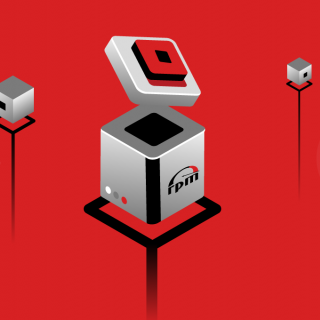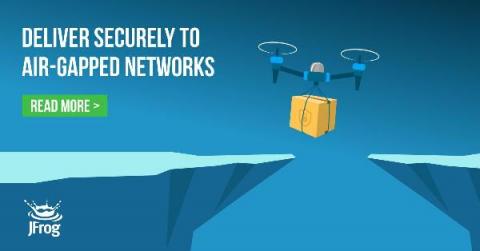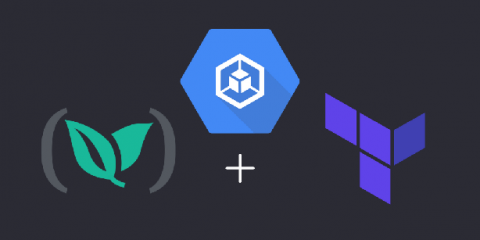Caching and Upstream Proxying for RedHat Packages
In keeping with our vision of offering a universal feature set across all the package formats we support, we are delighted to announce that we are now offering configurable upstream proxying and caching support for RedHat packages. As we touched upon when announcing the same for Debian and Maven packages, there are a lot of reasons why this is a really good thing, so instead of going over those again, let’s jump straight into how you can set this up in you Cloudsmith repository.











